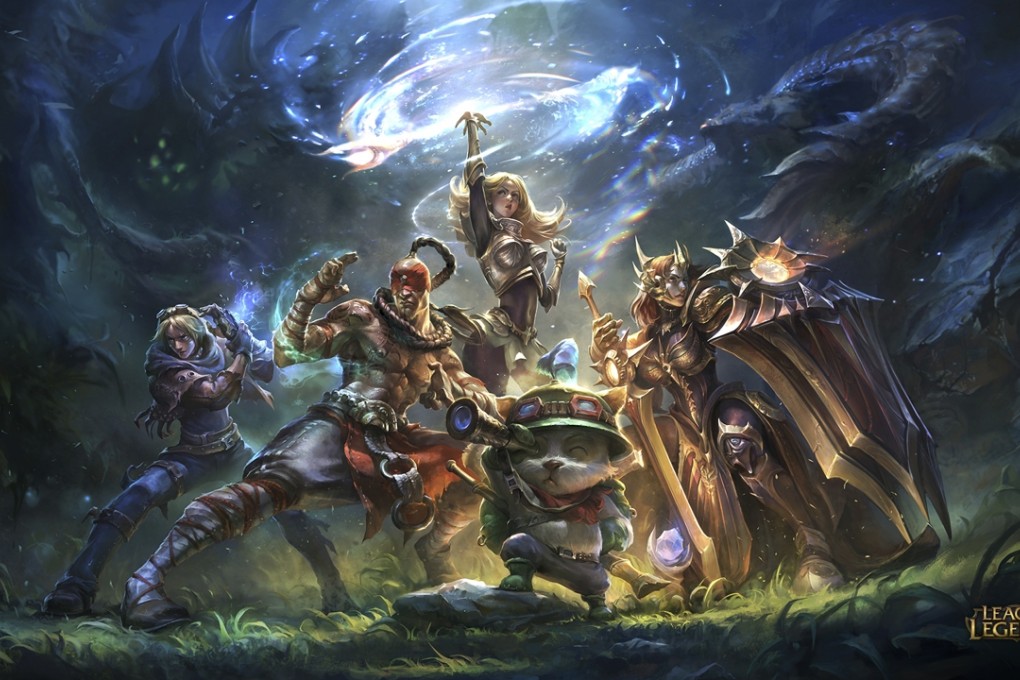Behind the scenes on League of Legends: the evolution of the computer game/movie connection
Art, design, character, and story all imbue the game with a big-screen feeling that keeps fans coming back for more

When is a film not a film? When it’s a computer game.
In this case, that game is the online role-playing game League of Legends, which has about 67 million players worldwide, and even hosts its own championship competition with a US$1 million (HK$7.75 million) prize.
League of Legends was chosen as the focus for the inaugural event of Tribeca Games, an initiative to showcase the storytelling and crafts of computer games, launched by Tribeca Enterprises, the team behind New York’s Tribeca Film Festival.
Games have something in common with movies, says Tribeca Enterprises chief executive Jane Rosenthal, and that’s a unique way of telling stories. The recent “Craft and Creative of League of Legends” event was intended to illuminate the processes that go on behind the scenes.
The day-long event, held in Tribeca in downtown New York last month, was an in-depth guide to the gameplay, art design, and music of the game.
